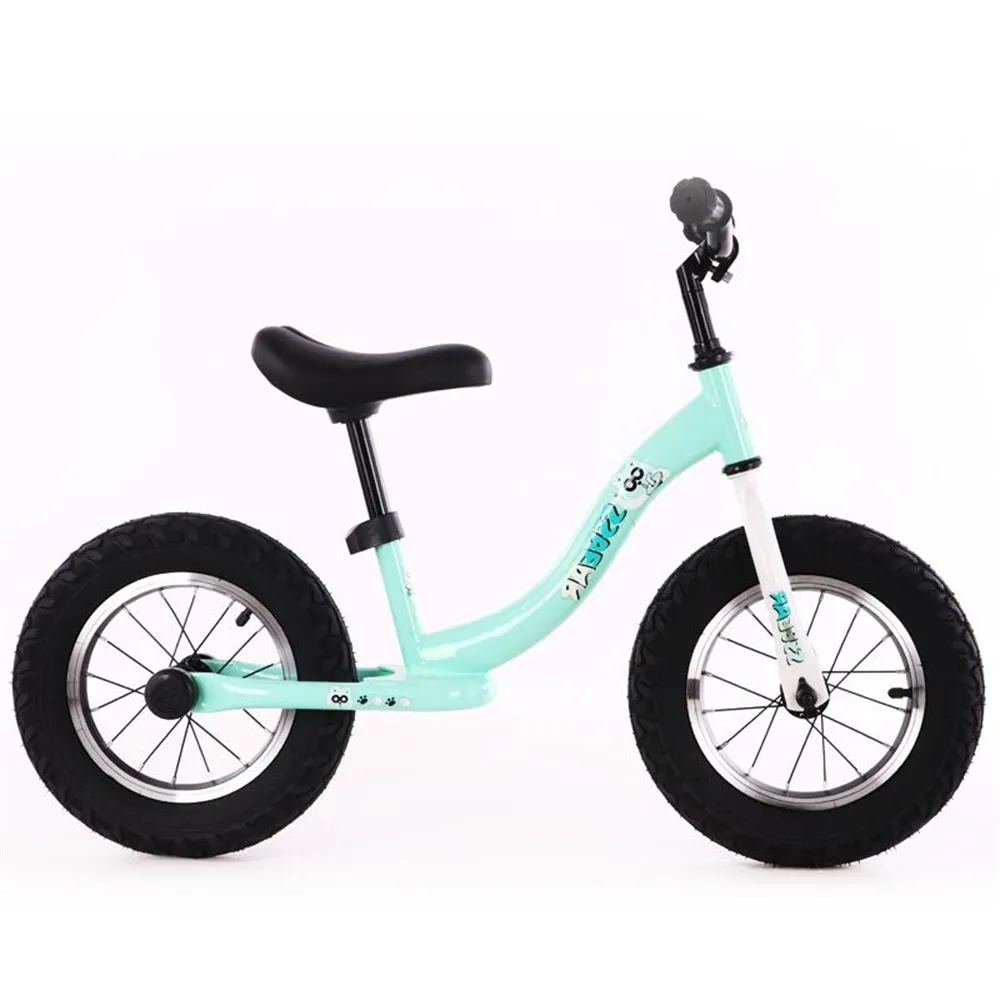Exploring the Benefits of Dual Suspension Bikes for Ultimate Riding Comfort and Performance
The Benefits of Dual Suspension Bikes A Comprehensive Exploration
In the world of cycling, the choice of a bicycle can significantly influence the riding experience, particularly for enthusiasts who engage in mountain biking or rugged terrains. One standout option that has garnered attention over the years is the dual suspension bike, also known as a full-suspension bike. This type of bicycle integrates both front and rear suspension systems, offering distinct advantages that enhance comfort and performance.
Understanding Dual Suspension
At its core, a dual suspension bike is designed to absorb the shocks and bumps that come with off-road cycling. It features a sophisticated system that combines a front fork suspension with a rear shock. This dual-action design allows the bike to effectively dampen impacts from uneven trails, rocks, roots, and other obstacles that riders often encounter. The suspension system works by using springs and dampers to control the bike's reaction to terrain variations, promoting a smoother ride.
Enhanced Comfort and Control
One of the most significant benefits of dual suspension bikes is the increased comfort they offer. The rear suspension absorbs shocks that the rider might otherwise feel through the frame and seat. This means that even on bumpy tracks, riders can maintain better control, which is crucial when navigating tricky descents or climbs.
Moreover, the added comfort allows cyclists to ride for more extended periods without experiencing the fatigue that can come from the constant jolting of a hardtail bike (which only has front suspension). With a dual suspension setup, riders can focus on their technique and enjoy the journey rather than being distracted by discomfort.
Improved Traction and Stability
dual suspension bike

Another key advantage of dual suspension bikes is their ability to maintain better traction. The rear suspension keeps the wheels in contact with the ground more effectively as the bike navigates through uneven terrain. This enhances stability, particularly during cornering and downhill rides. A bike that remains grounded has a significantly lower risk of slipping or losing control, allowing riders to tackle steep inclines or tricky descents with confidence.
This feature is especially vital for mountain bikers who frequently face unpredictable conditions. The ability of a dual suspension bike to adjust to different terrains provides riders with a competitive edge, making it easier to conquer challenging trails and maintain speed while managing obstacles.
Versatility and Performance
Dual suspension bikes are incredibly versatile. They cater to various riding styles, from cross-country racing to downhill descents. Many manufacturers design these bikes with adjustable suspension settings, allowing riders to customize the stiffness and responsiveness based on their preferences or specific trail conditions. This adaptability makes dual suspension bikes suitable for a wide range of cyclists, whether they're casual riders or seasoned professionals.
Additionally, as technology continues to evolve, many modern dual suspension bikes are becoming lighter and more efficient, thanks to advancements in materials and engineering. This evolution has helped bridge the gap between performance and comfort, making them a preferred choice for many cyclists.
Conclusion
In conclusion, dual suspension bikes offer a remarkable balance of comfort, control, and performance, making them a worthy investment for anyone looking to enhance their cycling experience, particularly in off-road environments. With their ability to smooth out rough trails, maintain traction, and adapt to various riding styles, these bikes can elevate the enjoyment of any ride. Whether through leisurely paths or challenging downhill trails, a dual suspension bike is an excellent companion for cyclists seeking adventure and comfort in their journeys. As cycling continues to evolve, one thing is clear the enduring appeal of dual suspension bikes is here to stay.
-
Baby Balance Bike OEM Service – Kids No-Pedal, LightweightNewsNov.10,2025
-
OEM Kids Bike Children Bicycle – Cheap Wholesale BicyclesNewsNov.10,2025
-
Kids Bike New Model 12–18 inch Boys & Girls Bike, AdjustableNewsNov.10,2025
-
China Cheap Price Safe Kids Bike for 10yo w/ Training WheelsNewsNov.10,2025
-
China CE-Certified Kids Balance Bike, Guaranteed QualityNewsNov.10,2025
-
Colorful Outdoor Flashing Carton Children Scooter for KidsNewsNov.10,2025
-
Best Price Kids Balance Bike – Superior Quality, No PedalsNewsNov.10,2025








